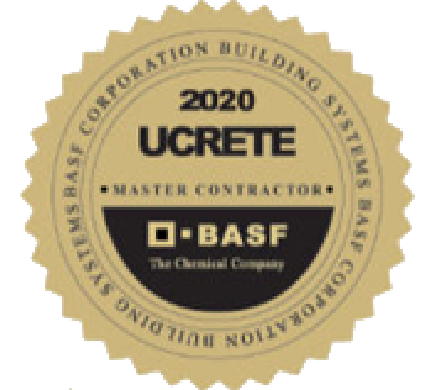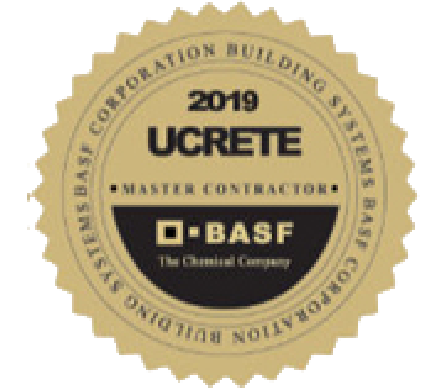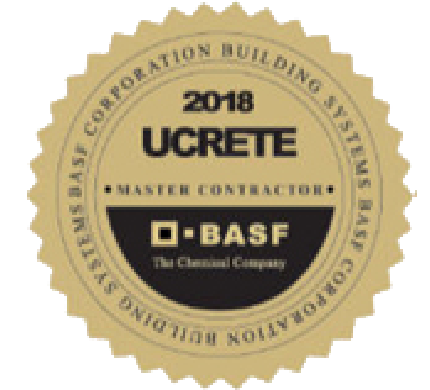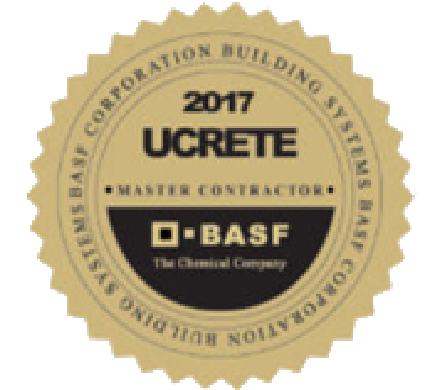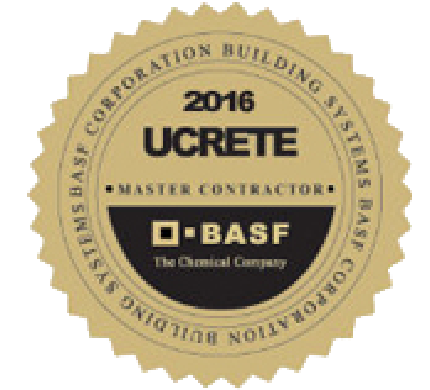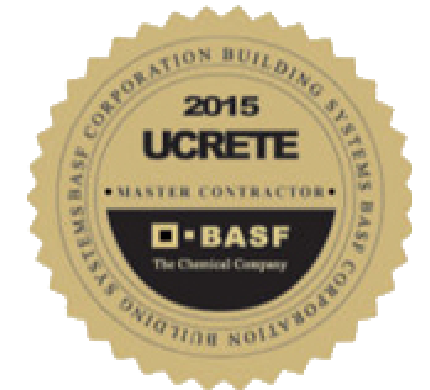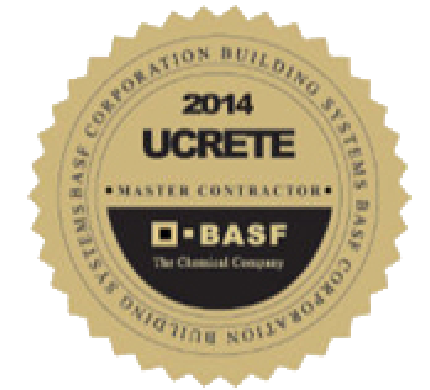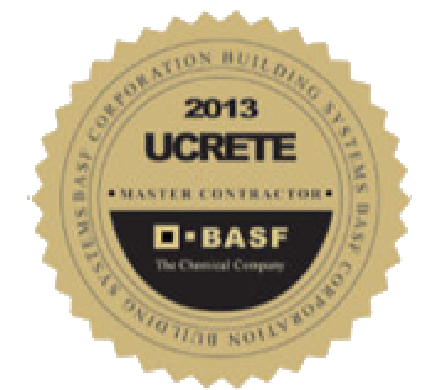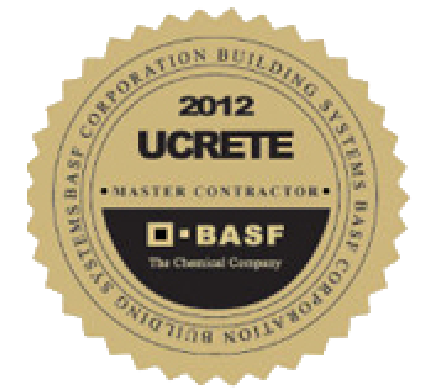Detailed Preparation Needed to Optimize Performance of Epoxy Floors
Choosing the best floor coating is vital for the long term adhesion to concrete substrates. Surface preparation, however is equally important to ensure a safe, durable flooring surface. Before the application of any concrete coating, there are a number of requirements that need to be addressed.

Crack Treatment
Settlement within a concrete slab will cause cracking to occur over time. It’s vital to fill all cracks in an industrial flooring system to ensure future damage does not occur.
Grinding
Industrial flooring surfaces require grinding to remove existing floor coatings, deposits and polymer overlays. Grinding is also used to roughen or etch the existing surface to ensure a better bond to the epoxy top coat.
Joint Treatment
Joints are created on flooring surfaces to allow concrete to be installed in separate pours. Joints can be used to control surface cracking due to changes in temperature which cause the surface to expand and contract. Joints may also be utilized to isolate the flooring surface from columns, walls or drainpipes. Proper care must be given to ensure all joints are properly maintained or prepared to perform their specific function within the flooring system.
Scarification
Similar to grinding, scarification is used to remove concrete, existing floor coatings or polymer overlays. A rotating cutter will fracture the existing flooring surface in scarification to create a textured surface profile which is better able to bond to the epoxy flooring topcoat. Failure to remove damaged concrete and floor coatings will lead to the failure of your chosen floor coating.
Steel Shot Blasting
Shot blasting cleans and profiles concrete surfaces while removing existing coatings and contaminants. Shot blasting produces very little dust through the use of a HEPA style vacuum system during the cleaning process. Removing of loose or brittle concrete or adhesives on the existing surface will facilitate a better bond with epoxy system.
Terminations
Terminations are cut into the concrete where industrial flooring systems are to end. Failure to create terminations will lead to failure of the flooring surface at transitions.
Proper preparation of your flooring surface will lead to a much longer service life preventing failure at the bond line that could lead contamination during the production process or injury to employees.
NEED A FLOORING CONSULTANT?
Call us now at 317-388-8000 or click the button to plan your project today

COMPANY AWARDS
